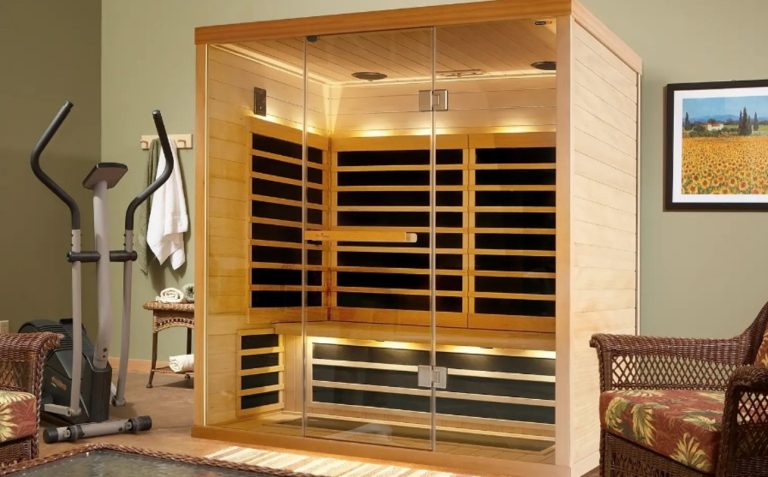Sauna vs Steam Room: Understanding the Differences

Saunas and steam rooms are both popular options for relaxation, detoxification, and health benefits. However, many people confuse themor assume they offer the same benefits. In reality, saunas and steam rooms have distinct differences in terms of heat level, humidity level, and overall experience.
Here’s a breakdown of the main differences between a Finnleo sauna and a steam room:
Heat Level
Saunas are traditionally heated with dry air using hot stones or electric heaters. This results in temperatures as high as 190-200 degrees Fahrenheit (88-93 degrees Celsius). The intense heat causes your body to sweat profusely, promoting circulation and flushing out toxins.
In contrast, steam rooms use wet heat in the form of steam produced by boiling water. The temperature in a steam room is typically lower, ranging from 110-120 degrees Fahrenheit (43-49 degrees Celsius). While you will still sweat in a steam room, it will not be as intense as in a sauna.
Humidity Level
The humidity level is another key difference between saunas and steam rooms. Saunas have low humidity levels, typically around 10-20%, due to the dry air. This makes breathing easier and more comfortable for many people.
On the other hand, steam rooms have high humidity levels of up to 100%. The dense steam can make it difficult to breathe for some individuals, especially those with respiratory issues.
Experience
The experience in a sauna and a steam room can also vary greatly. In a sauna, you typically sit on a wooden bench while the dry heat envelops your body. Some people enjoy adding water to the hot stones or using essential oils for aromatherapy benefits.
In comparison, steam rooms often have tiled or marble walls and benches, and you may sit or lie down as the steam surrounds you. Many steam rooms also feature aromatherapy options through infused scents or essential oils.
Health Benefits
Both saunas and steam rooms offer health benefits, but they may differ due to their distinct environments. Saunas are known for several health benefits including promoting detoxification, improving circulation, and relieving muscle pain and tension.
In contrast, steam rooms are excellent for respiratory health as the humid air can help clear your sinuses and loosen congestion. The high humidity level also benefits your skin by opening up pores and hydrating it.
Choosing the Right Option
Ultimately, whether you choose a sauna or a steam room depends on personal preference and specific health goals. If you prefer intense heat and dry air, a sauna may be the better option for you. On the other hand, if you enjoy a milder heat with more humidity, a steam room may suit your needs.
Additionally, consider any potential health concerns or limitations before using either facility. For example, individuals with heart conditions or high blood pressure may need to consult with a doctor before using a sauna, while those with respiratory issues may find relief in a steam room.
The main differences between saunas and steam rooms lie in their heat levels, humidity levels, experiences, and health benefits. While they share some similarities, understanding these distinctions can help you make an informed decision about which option is best for you. Whether you choose to relax in a sauna or steam room, both offer unique ways to unwind and reap potential health benefits and our friednly team of experts at Bachmanns is here to help guide you in your research process!
The post Sauna vs Steam Room: Understanding the Differences appeared first on Bachmanns Pools & Spas.


